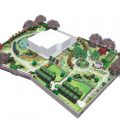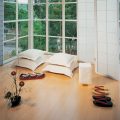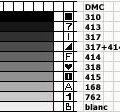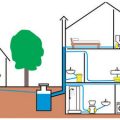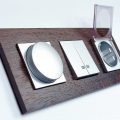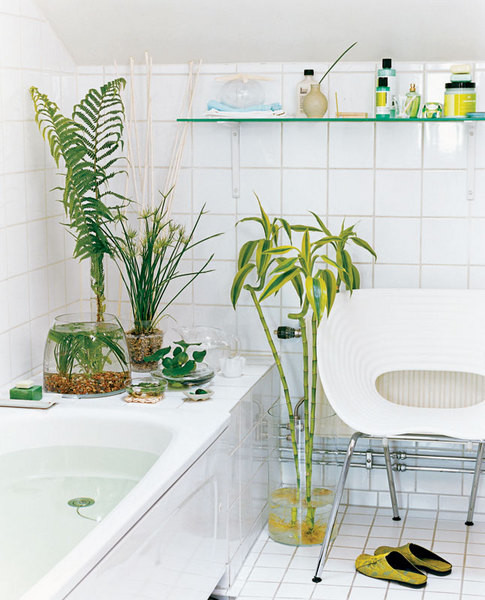 Purification of air
Purification of air
House dirt
We imagine that our home sweet home is perfectclean only because we regularly scrub our floors and polish our furniture. No way! According to a study conducted last year by the French Association for the Monitoring of Indoor Air Quality, in 9% of apartments experts found increased concentrations of chemicals that can cause allergies, respiratory diseases, chronic fatigue... We live in invisible and odorless dirt. Formaldehyde, benzene, tetrachloroethylene, toluene - these difficult to pronounce names designate molecules living in chipboard furniture, carpeting, wallpaper, cigarettes, clothes returned from dry cleaning. Add to this a variety of air fresheners, mold particles, ammonia contained in household chemicals, and the list becomes almost complete! If you want to know in detail what we poison ourselves with, go to www.chemical-cocktail.org.
Who's going where?
Some plants are capable of emerging from thin air,cleaning it. Here is our choice. Kitchen To neutralize formaldehyde emitted by chipboard furniture and ammonia from cleaning agents, we prepare pots for the rapis excelsa palm, Anthurium andreanum or Chamaedorea elegans. Living room The sources of pollution here are numerous and varied (furniture, electrical appliances, smoke, glue, varnish), so we rely on a "cocktail" of indoor plants: ficus, chlorophytum and Spathiphyllum hybride. Bathroom In addition to formaldehyde and ammonia, fragrances in perfumed products (shampoos, soaps, candles, perfumes) contain benzene. What to do? Place azalea (Rododendron indicum), croton (Codiaeum variegatum) and bamboo palm (Chamaedorea seifrizii) in the bathroom. Study The best absorber of electromagnetic radiation from a computer is a cactus (Cereus peruvianus), and the Boston fern (Nephrolepis exaltata bostoniensis) will cope well with the xylene emitted by printers. (Read more about plants for the study here.) Bedroom A high-risk area where furniture, textiles that have been subjected to a greater or lesser degree to chemical treatment, and carpeting are concentrated. We protect ourselves with English ivy (Hedera helix), dracaena (Dracaena warneckii) and reed palm (Chrysalidocarpus lutescens). Dressing Room Dracaena marginata, Gerbera jamesonii, and moonflower destroy formaldehyde and trichloroethylene, a chemical used in dry cleaning. Workshop Once you've put your tools away, line up pots of Sansevieria trifasciata, mums, and English ivy, which neutralize pesticides. Five Golden Rules
- Ventilate the rooms and open the windows wide for 5 minutes a day.
- Buy harmless cleaning products in eco-supermarkets.
- Wipe off dust with a cloth rather than using chemical polishes.
- Choose solid wood furniture.
- Wait a few weeks before moving into an apartment after renovation. If possible, of course.
What to read?
- Add to the list of green saviors of our lungsand determine which room is unsuitable for living due to the threatening amount of household pollutants, you can study the book “All about indoor plants that purify the air” by Jan Van der Neer (published by Onyx SZKEO “Crystal”, 2006).
- The goal of the international project Plants for People is to collect and disseminate information about the invaluable role that indoor plants play in office life.
- You can also find images of all useful plants and learn a lot of interesting things about them at www.floriculture.ru.





